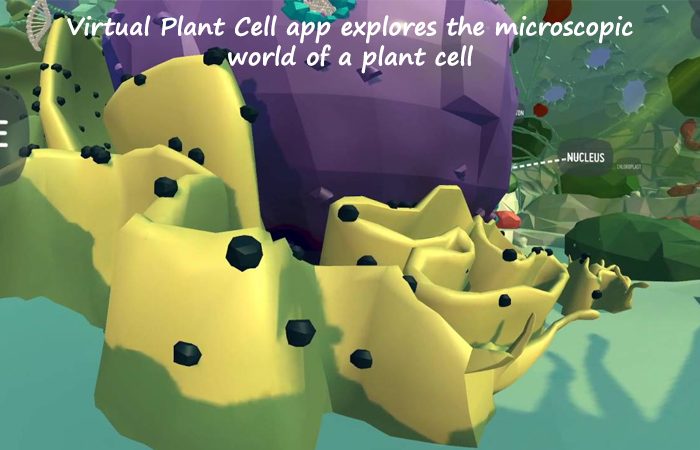The University of Western Australia’s ARC Centre of Excellence Researchers, Karina Price and colleagues in Plant Energy Biology with their new app called Virtual Plant Cell has made their way to the inner workings of a plant which is definitely an interactive experience. This VR app can be used with a simple Smartphone and a VR headset like Google Cardboard to explore the microscopic world of a plant cell. Because of the app, users will be able to move around the cell like visiting some field trips like visiting chloroplast, mitochondria or watching DNA getting swirl in the nucleus.
If at any time navigating through a plant cell gets boring, then you can also complete the challenges like helping the cell to survive in the extreme conditions like drought, flood, etc. The main goal of this application is to provide an immersive educational experience for school kids by making biology very interesting for them. The ARC Centre has already taken some major steps in immersive education by developing successful interactive exhibits for the visiting students. Though the Virtual Reality application can easily be used in classrooms in Australia and no field trip is required.
The researchers have a find a great way to teach students and this will eventually going to help the community that how plants are created and how they use energy so as to improve agriculture for better food productions. Virtual Reality is touching the every possible stream like medical to teach surgeries or journalism etc.

